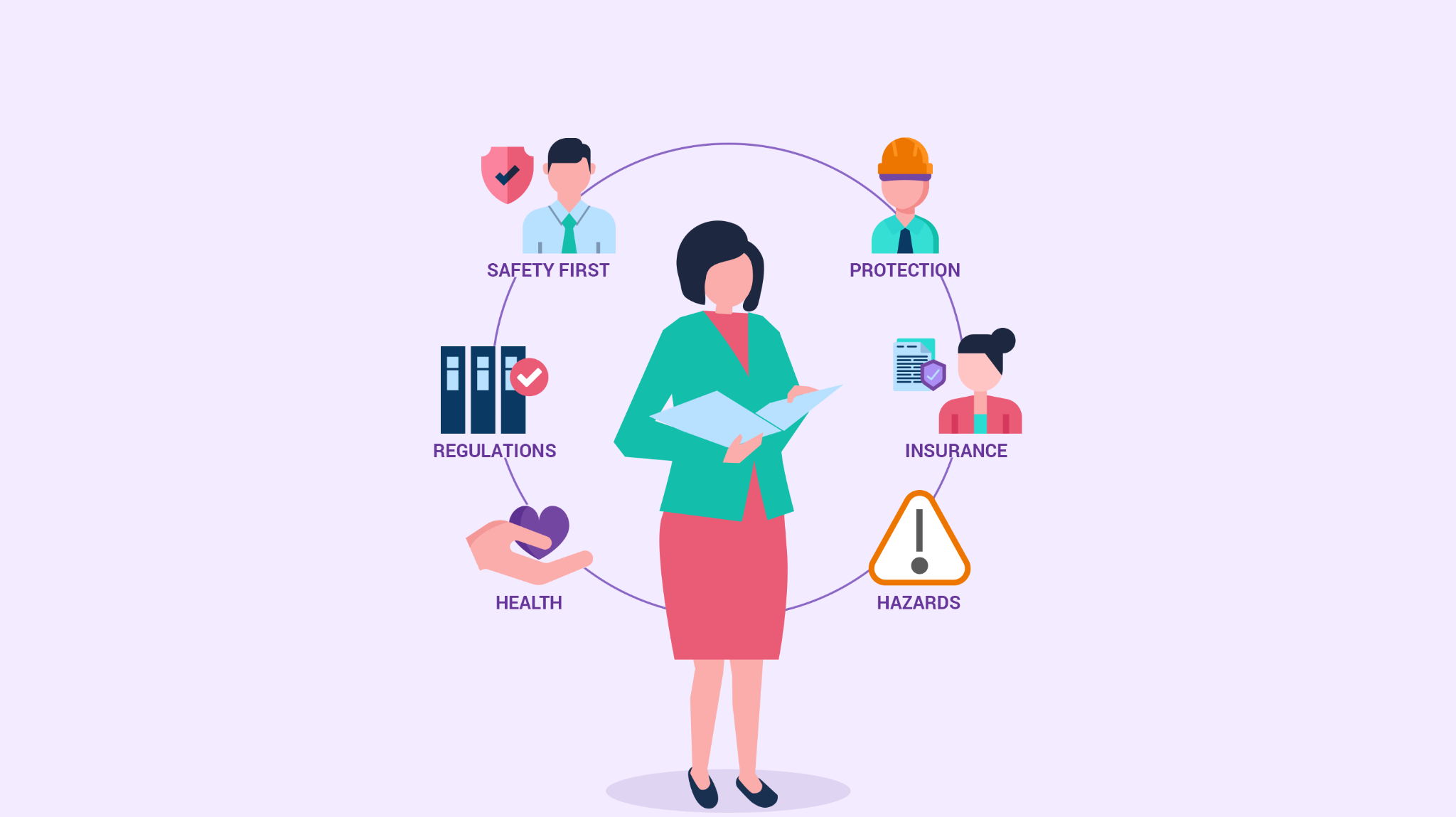
Workplace health and safety is a vital component of every single Australian business. Not only are there rules and regulations to abide by, but you also want your employees, visitors and customers to be within a safe and secure environment.
This article is going to focus on some tips to ensure your workplace is safe for everyone involved.
#1 – Everyone Needs To Be Involved In Health and Safety
Health and safety in the workplace isn’t the sole responsibility of the business owner or management staff. Everyone involved in the daily running of the business, from owners to employees, are responsible for workplace health and safety. After all, everybody there is already playing a role whether they realise it or not.
So, how do you get everyone involved and onboard?
First, it’s important that all employees are aware of the rules and regulations that govern your industry. People can’t be expected to abide by the laws if they don’t even know what they are. It’s not just about following the rules though, as all involved should have a focus on practising common sense and trying to guarantee safety and hygiene at all times.
Regular staff meetings are also a positive idea. This way, any changes to regulations can be relayed to everybody all at the same time. You can also use these team meetings as think tank sessions, where ideas and concerns regarding workplace safety can be brought to everyone’s attention.
The most effective way of guaranteeing a safe work environment is through a team effort, a constant focus on problem areas and coming up with solutions
#2 – Identify Hazards In the Workplace
This ties in with the section above, where you want everyone involved in identifying any hazards or potential problem areas in the workplace. All businesses should develop a risk management plan and risk management strategy anyway, and this will entail creating a list of possible problem areas that need to be addressed to prevent an accident or incident from occurring.
It’s always preferable to prevent something before it happens, rather than having to deal with the consequences after an incident has taken place.
Get everyone involved in monitoring processes and systems and identifying any possible hazards, then come up with possible solutions and have problem areas rectified as soon as possible.
#3 – Install Workplace Health and Safety Software
Software to help with workplace health and safety compliance, also known as WHS software, is a tool that will make keeping your workplace safe and secure so much easier. The software is designed to enable you to remain compliant with laws that govern your industry, and also offers you the ability to easily and readily report any workplace incidents to governing bodies.
You can have the software tailored to your business and it even helps you to identify risks and potential hazards before they have a chance to cause a problem.
WHS software is an investment in your business future and the cost is tax deductible, so you’re not really losing anything by purchasing this software and you have so much to gain. In fact, WHS software could potentially save your business loads of dollars over time.
If you wanted to take things a step further, you could hire the services of a professional risk manager or health and safety professional to oversee the process for you.
#4 – Come Up With Some Health Initiatives
Having a safe workplace isn’t just about preventing accidents and injury. You also want it to be a healthy environment, so come up with some health initiatives to ensure this.
One obvious example would be disallowing smoking in the workplace, perhaps creating a designated smoking zone somewhere outside. Keep bathrooms and staff kitchens well-stocked with hand soap, sanitiser and cleaning products. Create a regular cleaning schedule and task the job to various members of your crew.
A clean, hygienic workplace helps to create a safe work environment.
The Wrap
It’s vital that everyone gets involved in workplace health and safety, and this includes understanding the rules that govern your industry, as well as having everyone contribute to discussions on safety issues and possible hazards. Professional software will also serve to make life easier in this regard. A safe business is ultimately good for business.